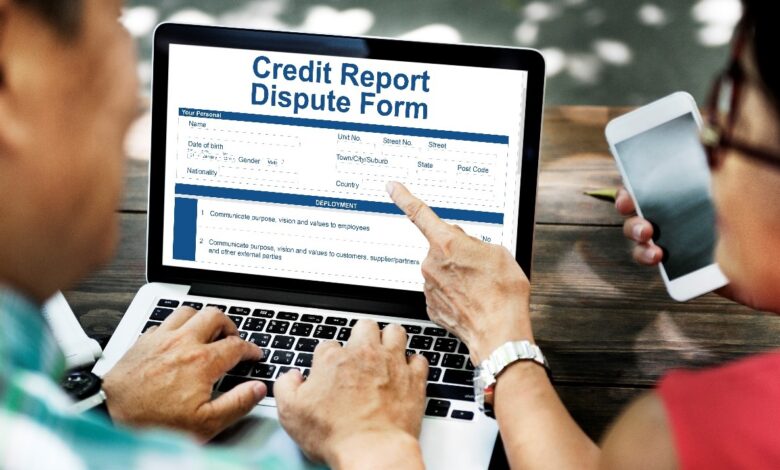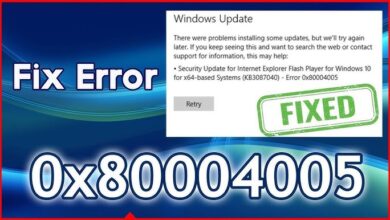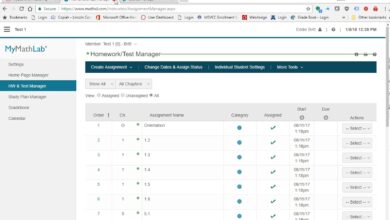Identifying Errors On Your Credit Report

We all know how important our credit score is when it comes to getting approved for loans, credit cards, or even renting an apartment. But did you know that your credit report could contain errors that might be dragging your score down? Mistakes happen more often than you might think, and if you don’t catch them, they could cost you in the long run. That’s why it’s crucial to review your credit report regularly and make sure it only contains accurate information about you.
If you’re already dealing with financial challenges and looking to improve your credit situation, exploring debt resolution could be a useful step. These programs can help you manage and resolve your debts, making it easier to focus on correcting any errors on your credit report.
Why It’s Important to Check Your Credit Report for Errors
Your credit report is like a financial report card that lenders, landlords, and even some employers look at to make decisions about you. If there are errors on your report, they can negatively impact your credit score, which could lead to higher interest rates, denied loan applications, or other financial hurdles. Some common errors include incorrect personal information, accounts that don’t belong to you, or outdated payment statuses.
By regularly checking your credit report, you can catch these mistakes early and take steps to correct them. This not only helps protect your credit score but also ensures that your report accurately reflects your financial history.
Step 1: Get Your Credit Report
Before you can start identifying errors, you need to get a copy of your credit report. You’re entitled to one free credit report from each of the three major credit bureaus—Equifax, Experian, and TransUnion—every 12 months through AnnualCreditReport.com. It’s a good idea to check all three reports because they might contain different information. Some creditors report to only one or two bureaus, so reviewing all three gives you a complete picture.
Once you have your reports, review them carefully. It might be tempting to just skim through, but take the time to go over each section thoroughly. Remember, even small errors can have a significant impact on your credit score.
Step 2: Verify Your Personal Information
The first thing you should check on your credit report is your personal information. This includes your name, address, Social Security number, and date of birth. Make sure all the information is correct and up-to-date. If you’ve recently moved or changed your name, make sure those changes are reflected on your report.
Errors in your personal information could be a simple mistake, or they could indicate that someone else’s information is being mixed up with yours. In some cases, incorrect personal details can be a sign of identity theft, so it’s important to address any discrepancies right away.
Step 3: Review Your Credit Accounts
Next, go through the section of your credit report that lists your credit accounts. This includes credit cards, loans, mortgages, and any other lines of credit. Check each account to ensure it belongs to you and that the details are accurate. Look at the account balances, payment history, credit limits, and the dates the accounts were opened.
If you see accounts that you don’t recognize, it could be a sign of identity theft or a mistake. Also, verify that the payment history is correct. For example, if an account is marked as having a late payment, but you know you paid on time, this is an error that needs to be corrected.
Step 4: Look for Outdated Information
Credit reports are supposed to provide an up-to-date snapshot of your financial history, but sometimes outdated information can linger. For example, negative items like late payments, collections, or bankruptcies are typically removed from your report after a certain number of years (usually seven to ten years). If you see negative information that’s older than that, it should be removed.
Check to ensure that closed accounts are accurately reflected as well. If you’ve paid off a loan or closed a credit card account, it should be marked as “closed” or “paid in full” on your report. Keeping an eye on outdated or incorrect negative information can help ensure that your credit report accurately represents your current financial status.
Step 5: Check for Duplicate Accounts
Duplicate accounts are another common error that can appear on credit reports. This happens when the same debt is reported more than once, which can make it look like you have more debt than you actually do. For example, if a credit card company sells your debt to a collection agency, both the original account and the collection account might show up on your report.
If you find duplicate accounts, make a note of them so you can dispute them with the credit bureau. Having duplicate accounts removed can help improve your credit score by reducing the amount of debt that’s being reported.
Step 6: Dispute Any Errors You Find
If you find any errors on your credit report, it’s important to dispute them as soon as possible. Each credit bureau has a process for disputing errors, which you can usually start online or by mail. You’ll need to provide specific details about the error and include any supporting documentation. The credit bureau is required to investigate your dispute within 30 days and will notify you of the results.
In addition to contacting the credit bureau, you might also want to reach out to the creditor that provided the incorrect information. They can correct the error on their end and notify the credit bureaus. Keep records of all your communications and any documentation you send in case you need to follow up.
Step 7: Follow Up and Monitor Your Credit Report
After you’ve disputed errors, it’s important to follow up and make sure the corrections have been made. The credit bureau will send you a new copy of your credit report if any changes are made as a result of your dispute. Review the updated report to ensure that all the errors have been corrected.
Going forward, make it a habit to check your credit report regularly, at least once a year. This allows you to catch any new errors early and address them before they can impact your credit score.
Conclusion
Identifying errors on your credit report is a crucial step in protecting your credit score and ensuring that your financial history is accurately represented. By checking your report for incorrect personal information, verifying your credit accounts, and looking for outdated or duplicate information, you can catch mistakes early and take action to correct them.
If you’re dealing with debt and working towards improving your credit, considering debt resolution options can be a helpful way to manage and pay down what you owe. Remember, maintaining an accurate credit report is key to building a strong financial foundation and accessing better opportunities in the future.



